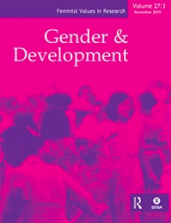National Food Security Act 2013: Moving from exclusion to inclusion

Overview
India has one of the lowest per capita daily supply of calories, protein and fat, according to the Organisation for Economic Co-operation and Development (OECD). One of the biggest contradictions of contemporary India is the unconscionably high rates of child malnutrition and the largest number of hungry people in the world, even as it emerged as one of the fastest growing economies. India has been a net exporter of foodgrains for more than a decade now and the government warehouses stock foodgrains at levels much higher than the required buffer norms. India has malnutrition levels almost double the levels of many countries in Africa. This problem needs a multi-sectoral approach including diet diversification, women’s empowerment, education, health, safe drinking water, sanitation, and hygiene. The National Food Security Act (NFSA), 2013, which covers two thirds of the Indian population with subsidised food and universal entitlements for women and children, is a tentative first step towards solving this problem. There is a need for speedy implementation along with steps to avoid exclusion of poor households and setting up an independent grievance redressal mechanism.
Keywords
Additional details
Author(s)
Publisher(s)
DOI
10.21201/2016.608479How to cite this resource
Citation styles vary so we recommend you check what is appropriate for your context. You may choose to cite Oxfam resources as follows:
Author(s)/Editor(s). (Year of publication). Title and sub-title. Place of publication: name of publisher. DOI (where available). URL
Our FAQs page has some examples of this approach.



